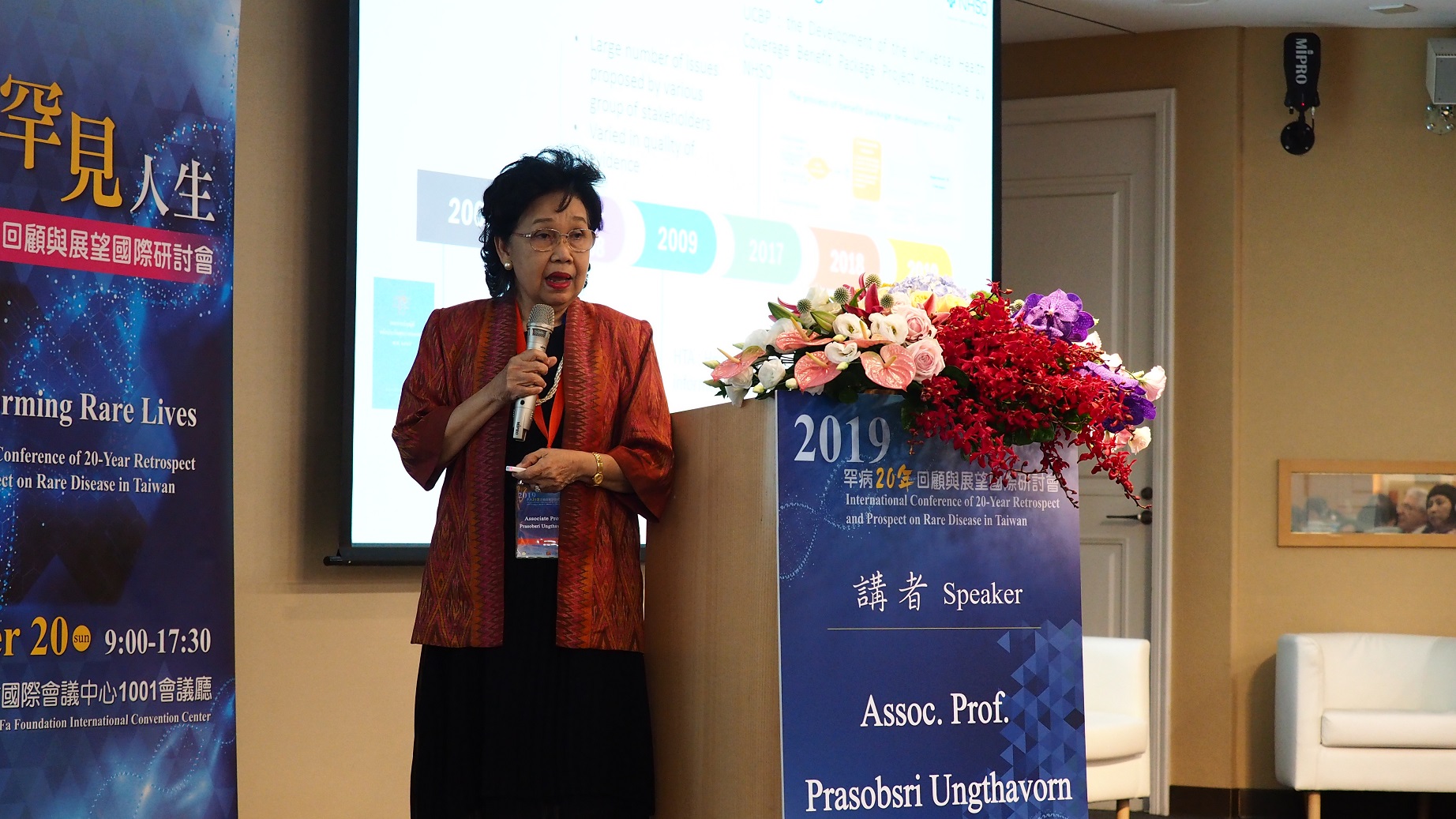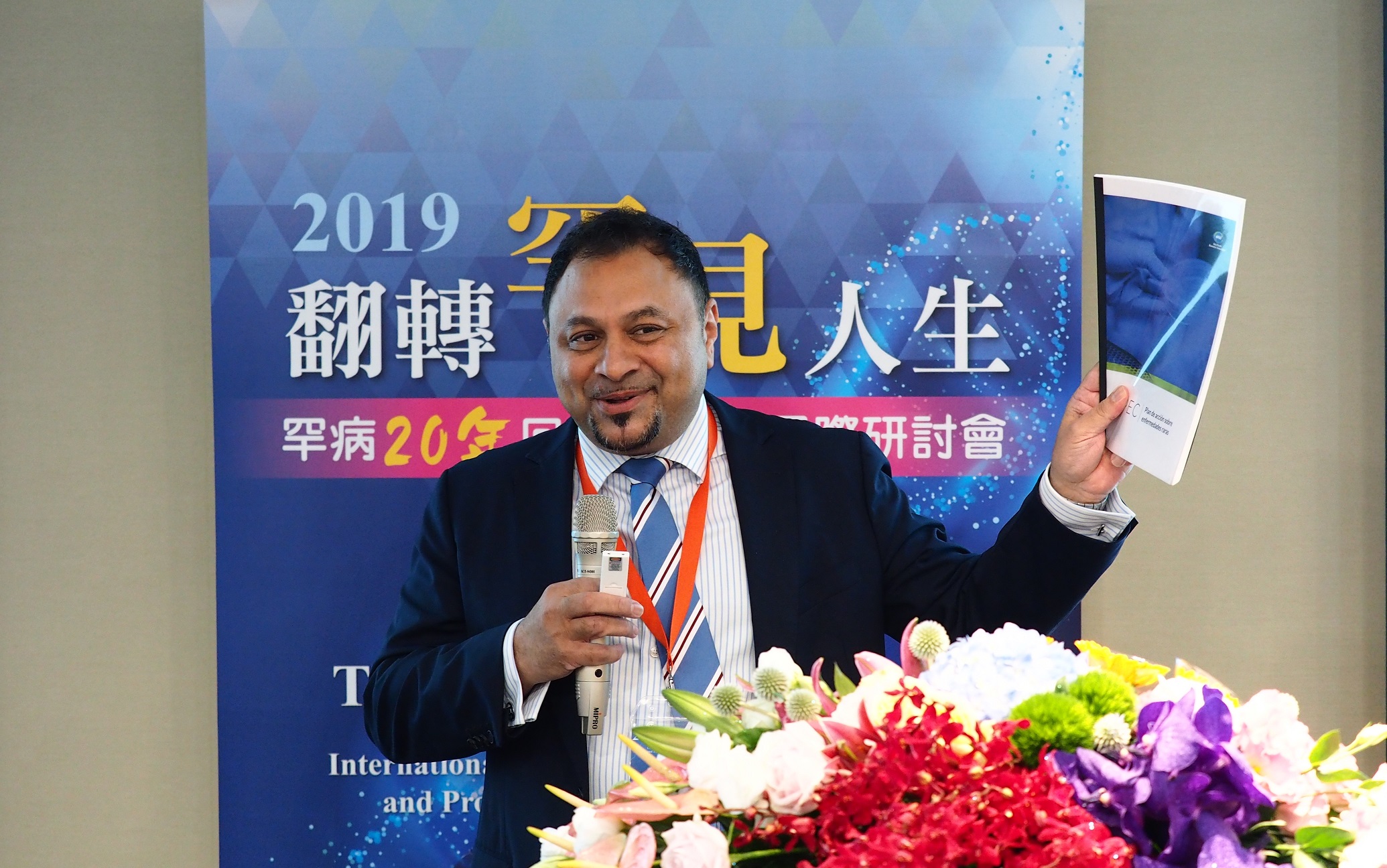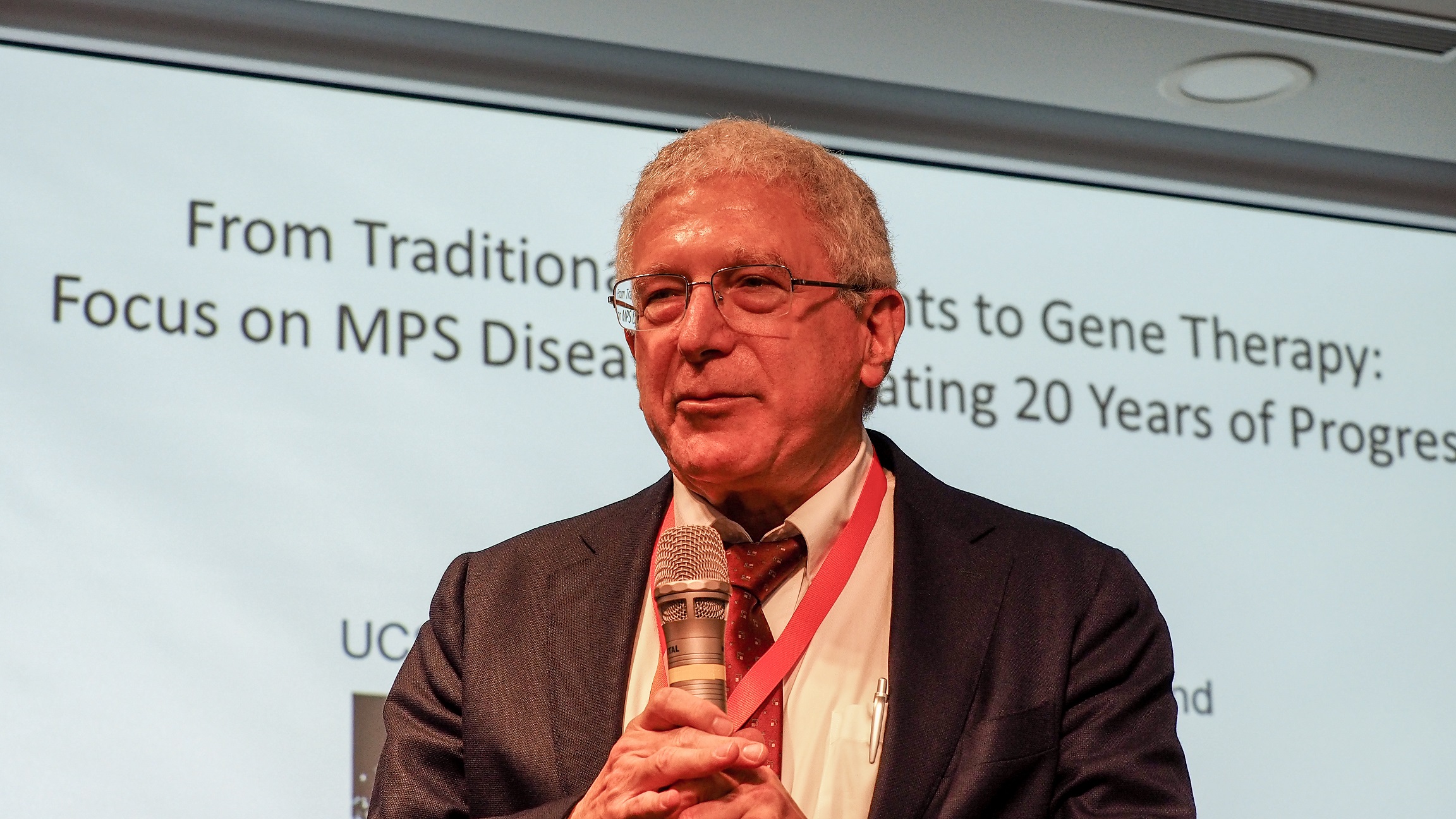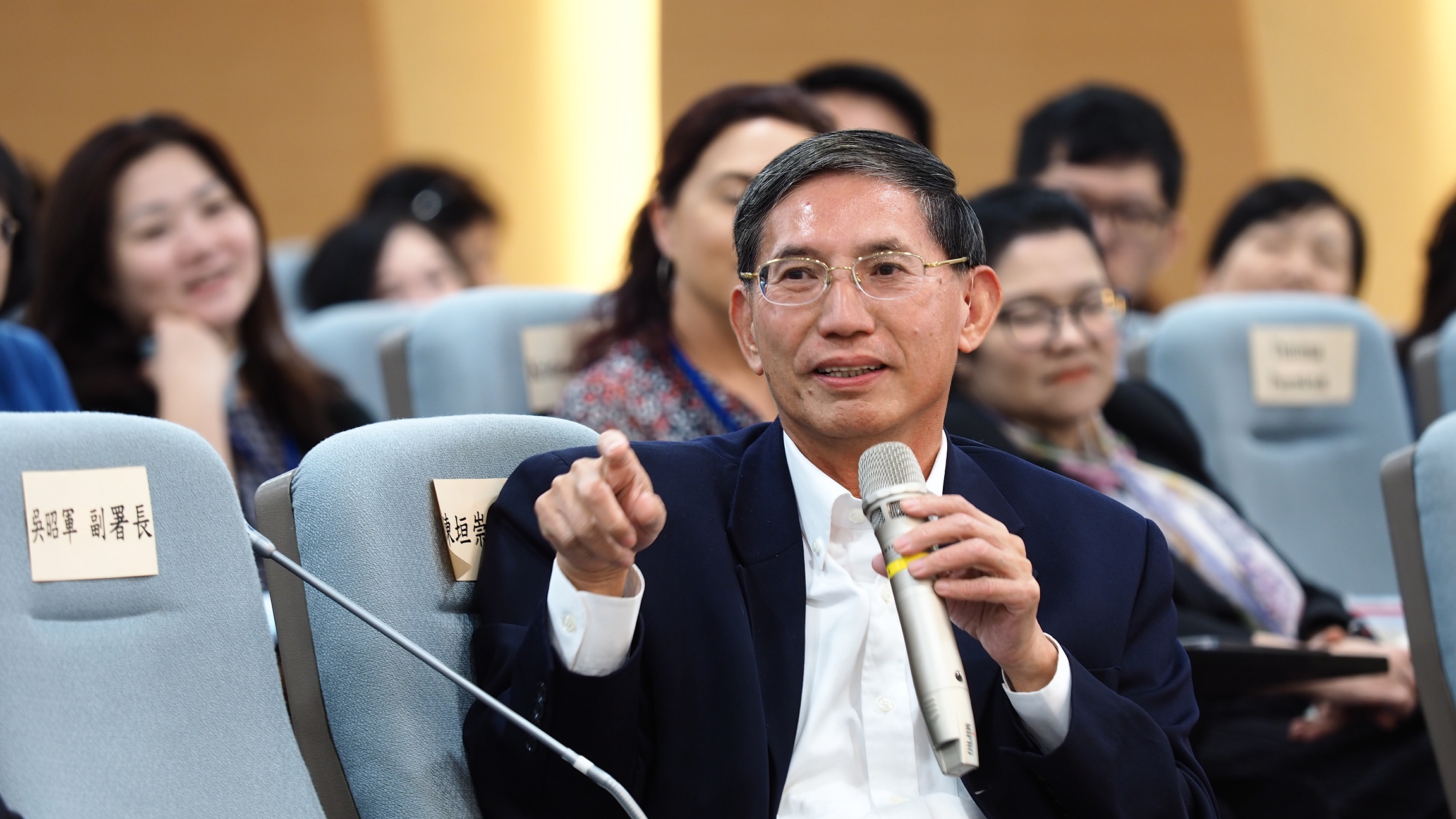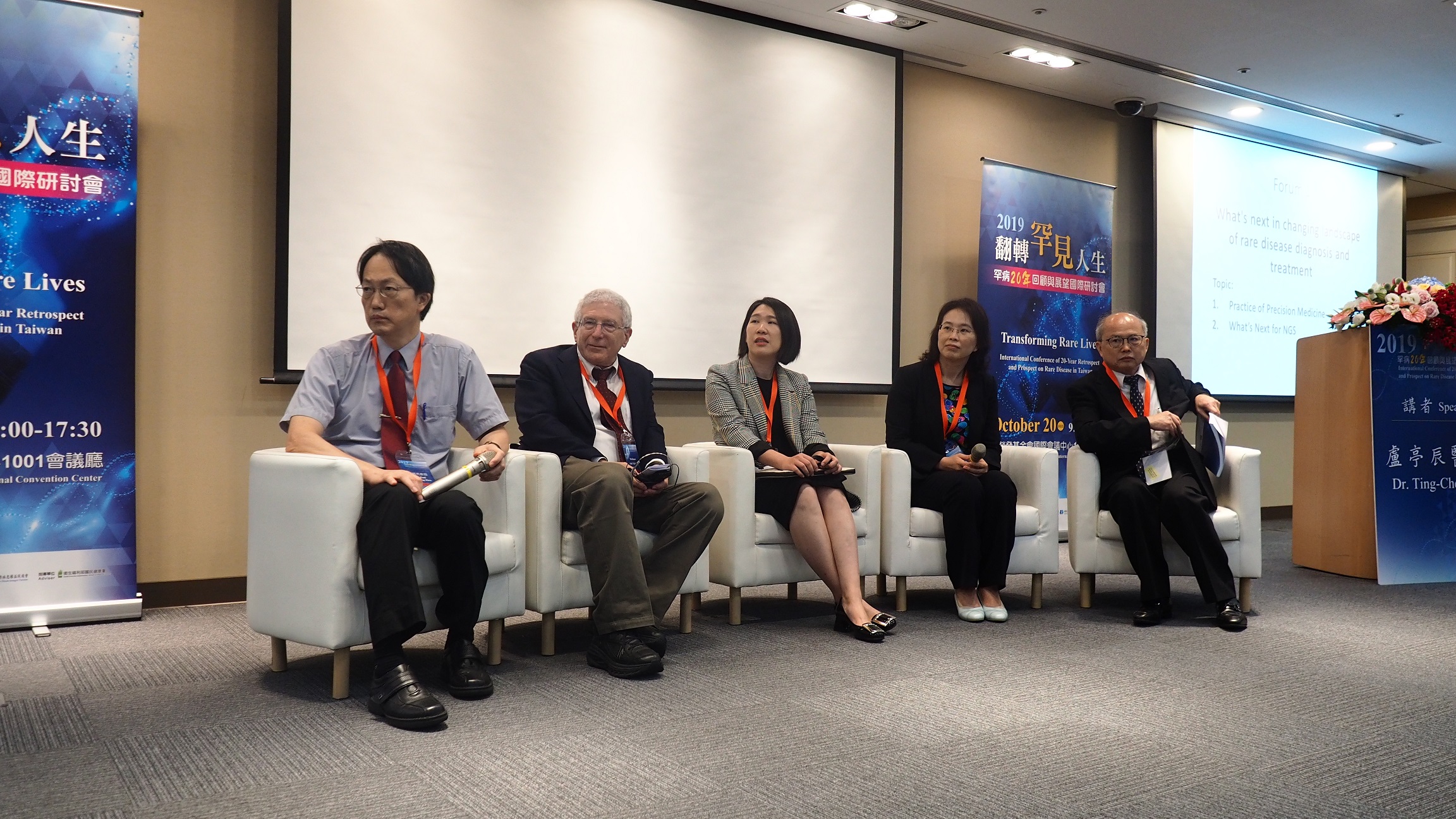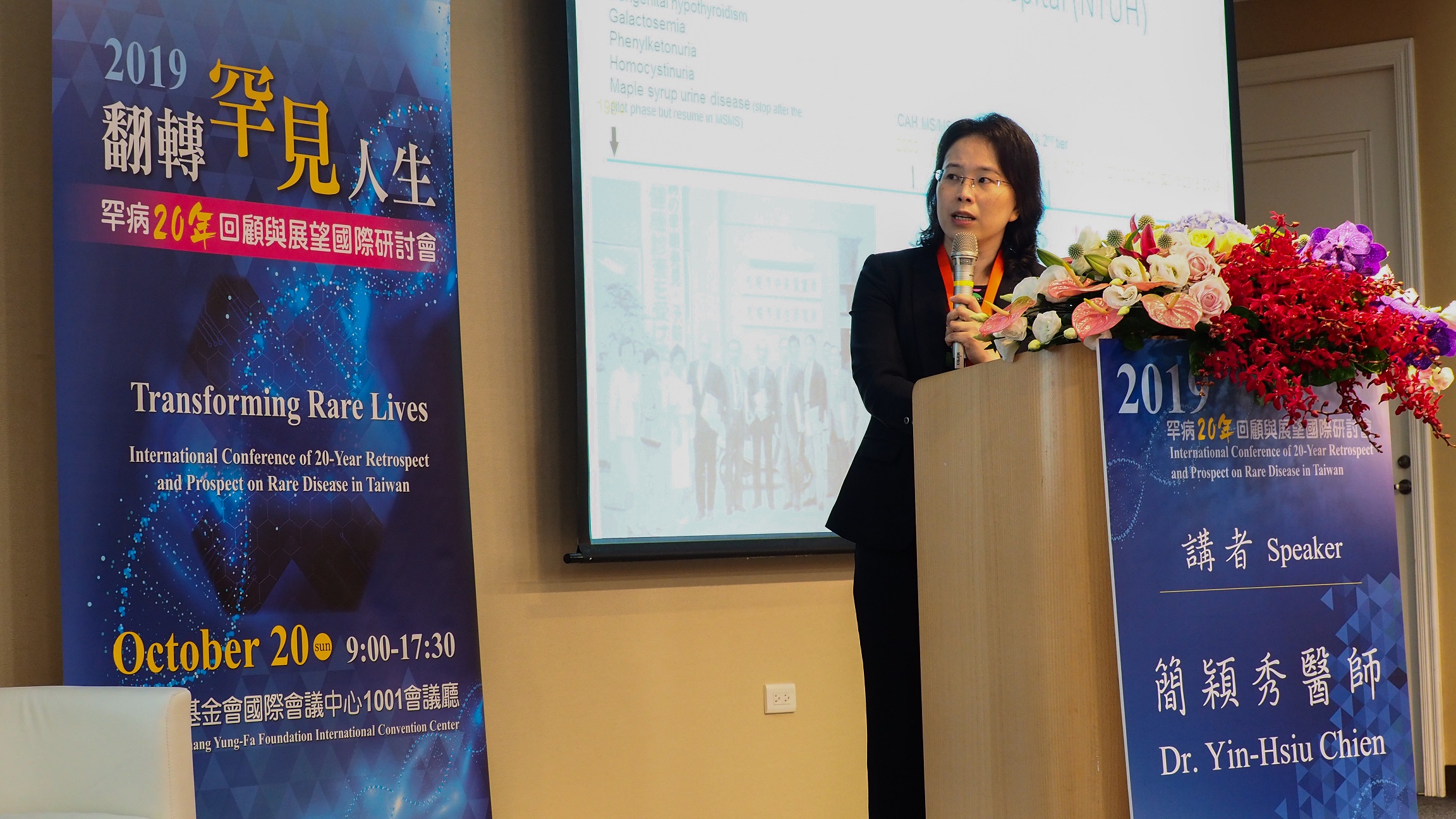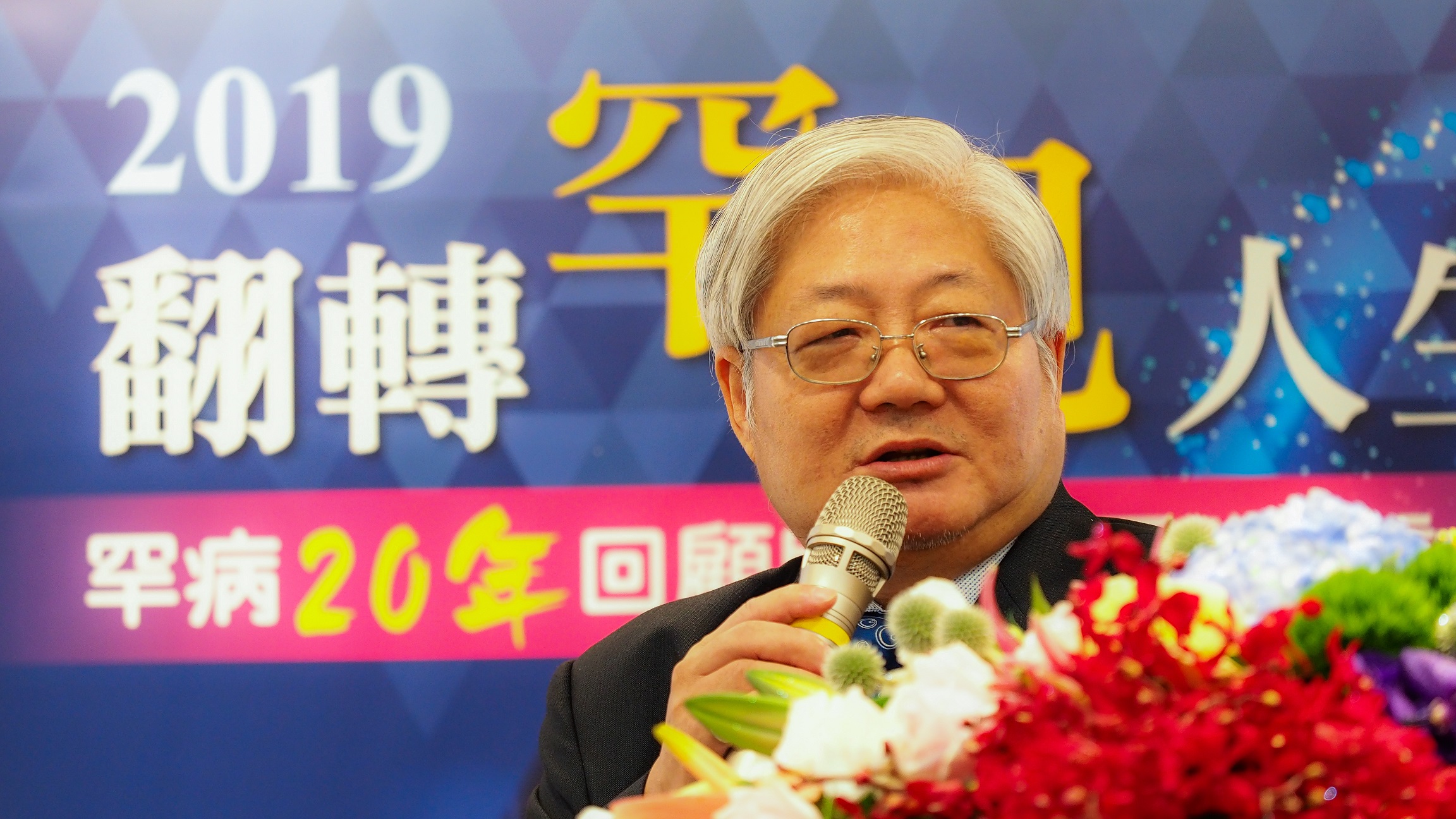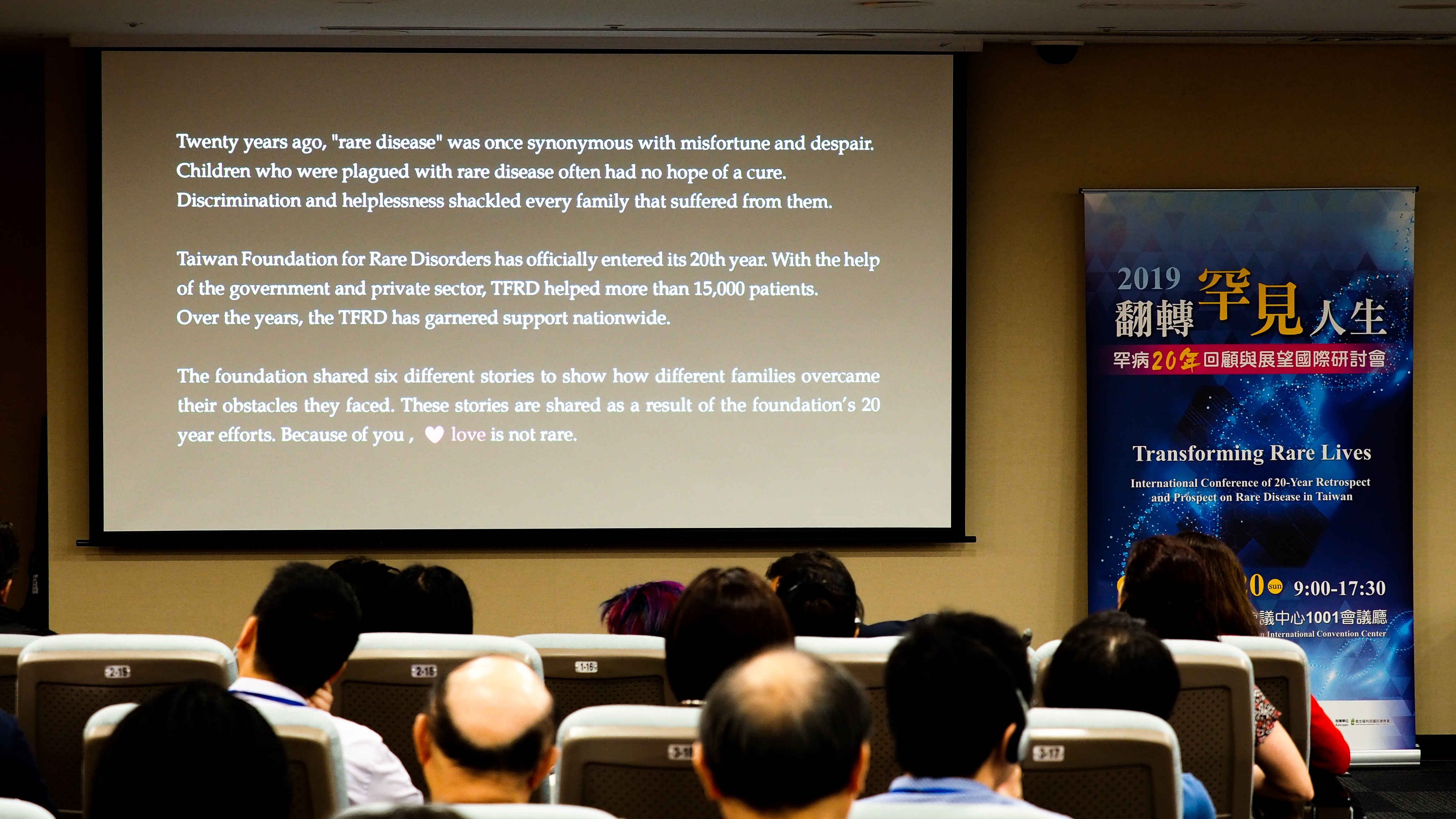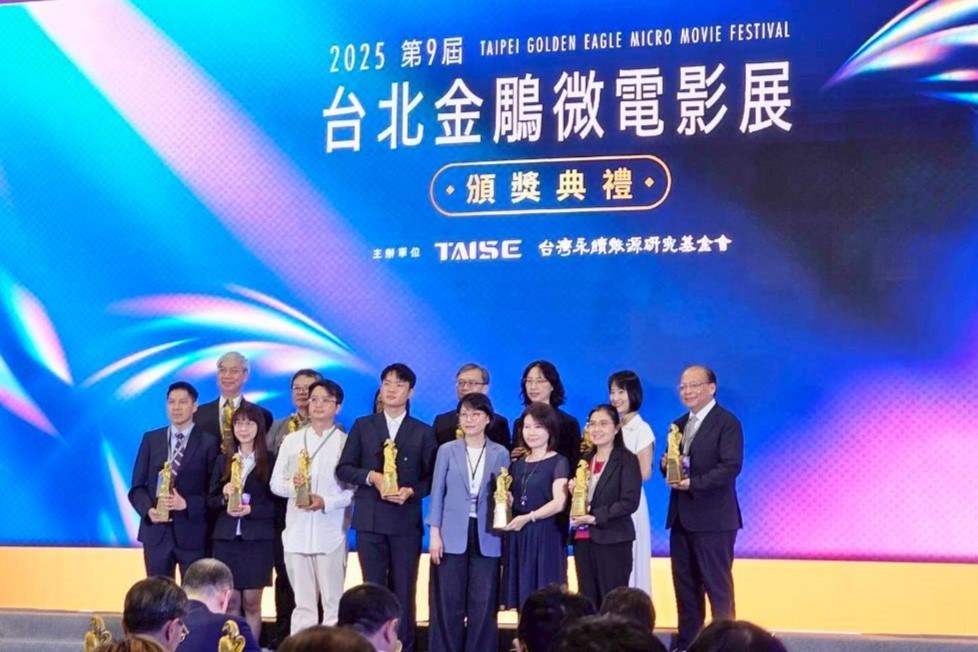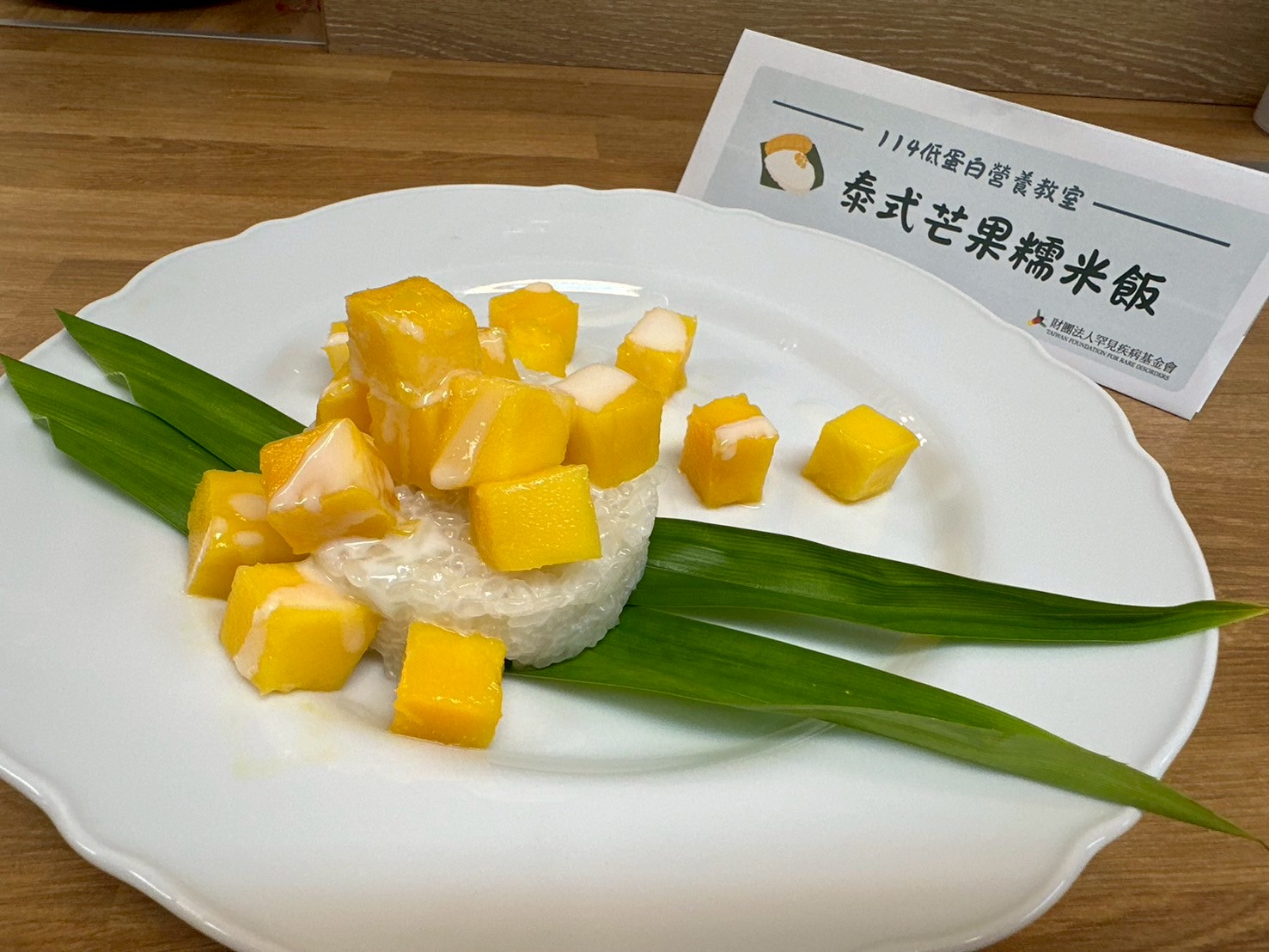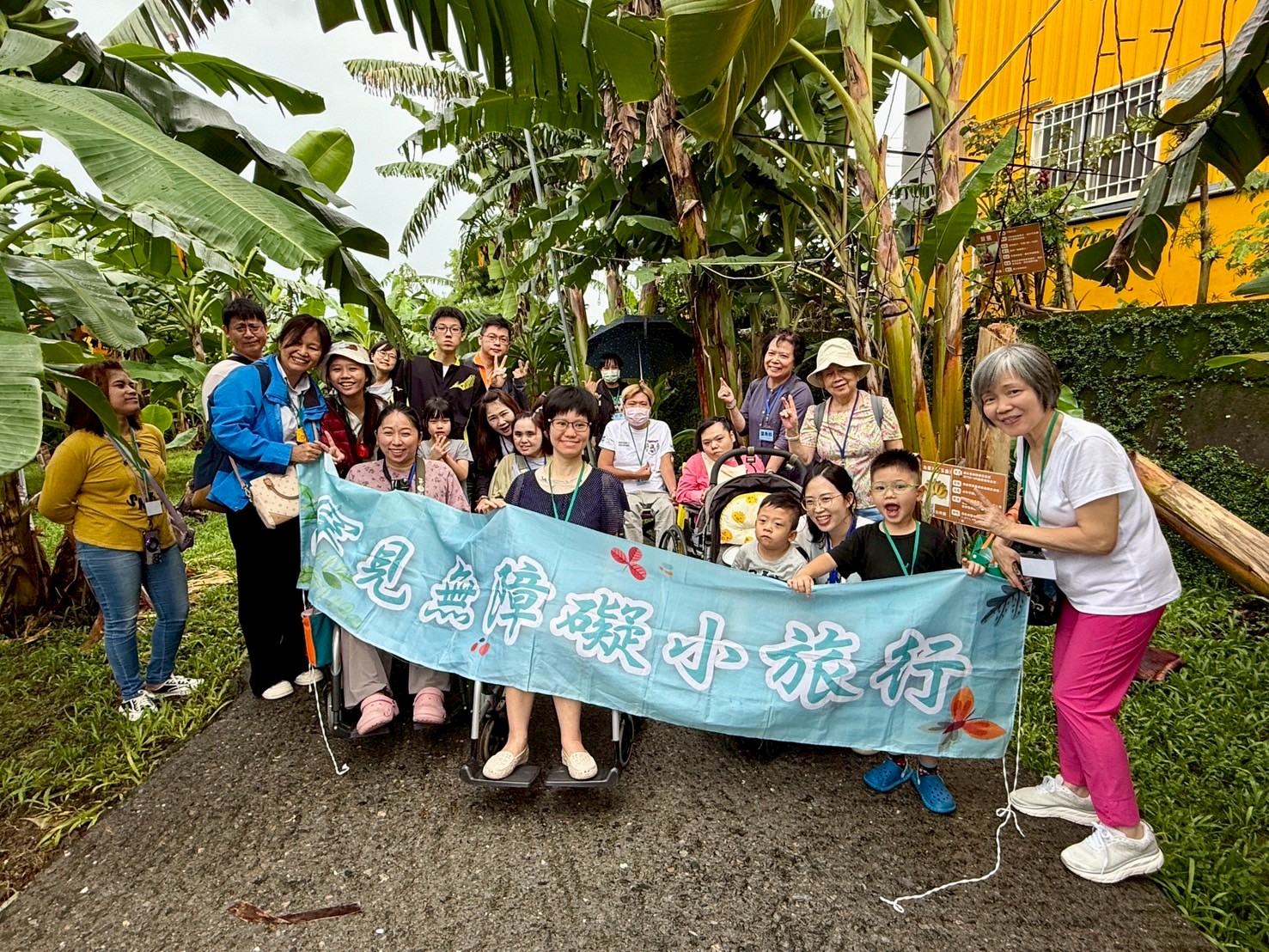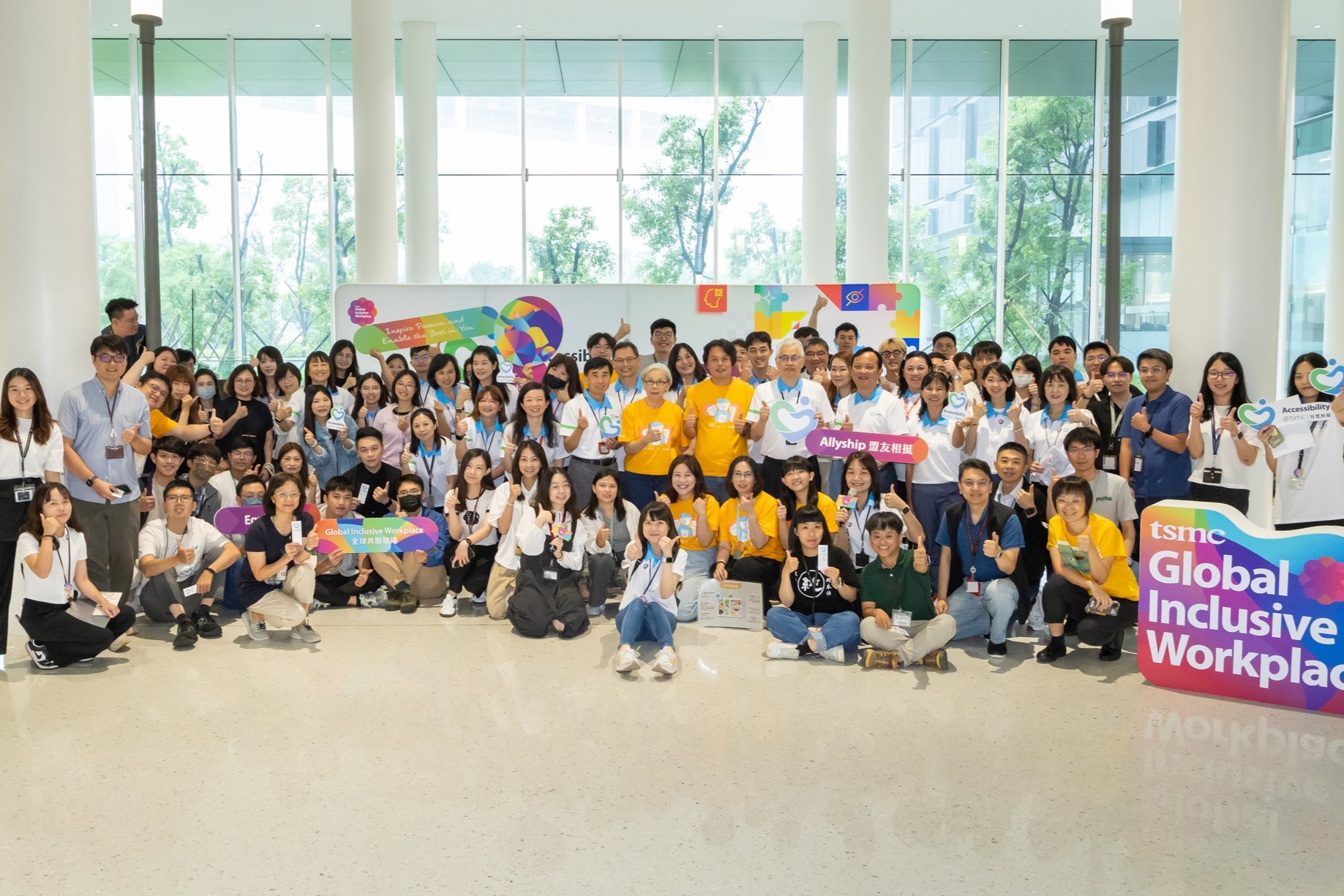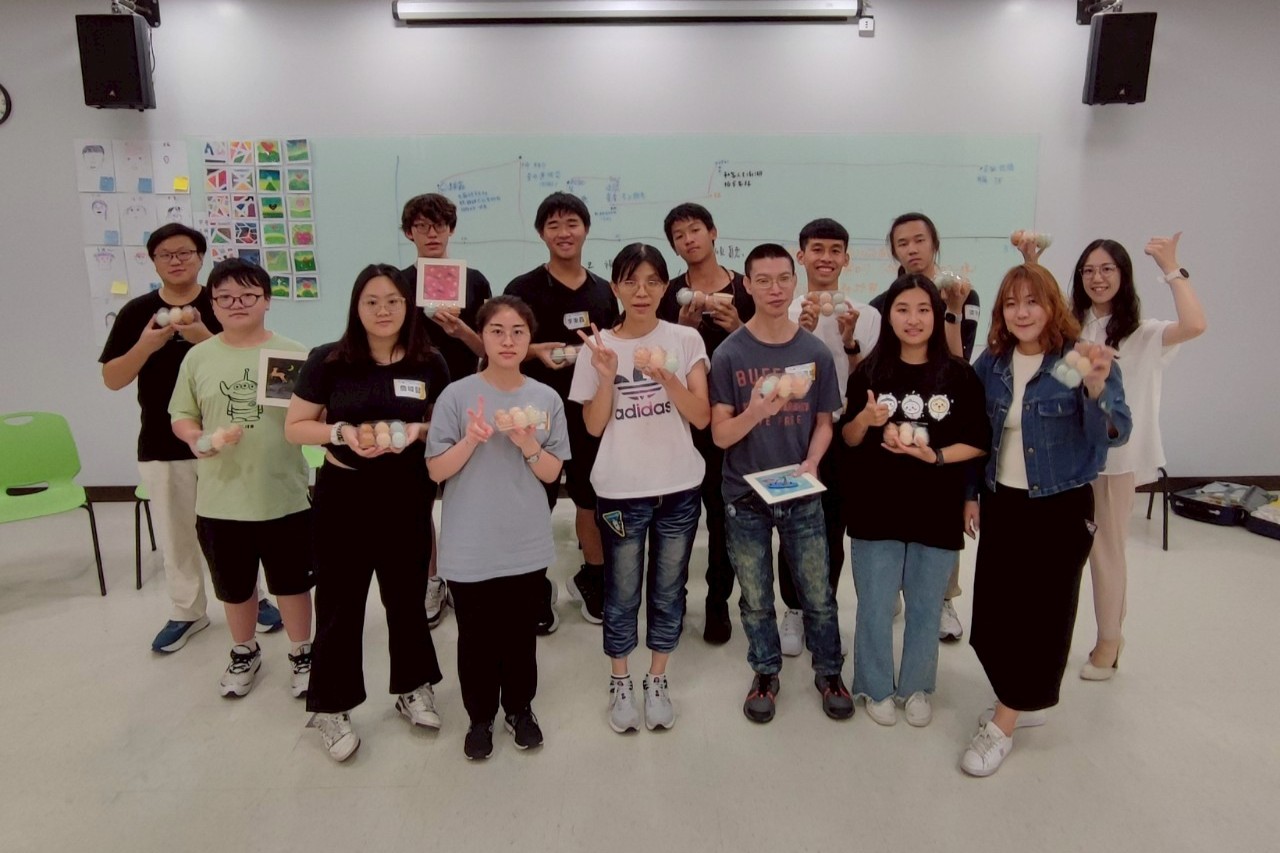News
20th Int'l Conference in Taiwan (2)
The conference was opened with the presentation by Dr. Shuan-Pei Lin, M.D., chairman of the TFRD, of a documentary filmed by the TFRD this year. The documentary helped the participants better understand the situations faced by rare disease patients and their families, as well as how they transformed their lives.
Next, Jhao-Jyun Wu, deputy director-general of the Health Promotion Administration under the Ministry of Health and Welfare, delivered a speech to thank the TFRD for actively promoting bills and providing care for the needs of rare disease families over the past 20 years.
The conference’s first speaker, Dr. Yin-Hsiu Chien, gave a detailed introduction to a technology on how to confirm a case. From newborn screening to Next Generation Sequencing, medical technology is improving rapidly. It has not only increased the accuracy of screening tests, but also has contributed to early diagnosis and treatment.
Next, Prof. Paul Harmatz from Oakland Benioff Children's Hospital of the University of California, San Francisco, elaborated on the traditional therapy and gene therapy from the perspective of “treatment,” especially including the clinical trials of mucopolysaccharidosis.
Prof. Harmartz mentioned that he and Prof. Lin collaborated on a clinical trial of mucopolysaccharidosis patients. After these patients returned to Taiwan, Prof. Lin continued to follow up so that the patients could receive continuous care.
The speech by Dr. Ting-Chen Lu, another speaker, highlighted the importance of collaboration among various experts as she explained the development of craniofacial surgery in Taiwan.
Following the amazing speeches given in the morning, Prof. Matthew Bellgard gave a special lecture on APEC's Action Plan on Rare Diseases. This plan includes 21 economies in the Asia-Pacific region. Economy representatives compiled suggestions and indicators in a bid to address challenges faced by rare disease patients after visiting many places in the region with the APEC’s assistance.
Associate Prof. Prasobsri Ungthavorn, for her part, shared the experience from Thailand. She said the Thai government announced that the drugs of the 24 rare diseases initially listed in the Universal Coverage Scheme will be covered by the national health insurance program based on other countries’ experiences. Such a rapid progress is the result of countless coordinations among patient groups, government agencies, physicians and experts. This is also the country where the APEC Action Plan is practiced.
Translator: Jazz Chen (Wiskott-Aldrich syndrome), Reviewer: Alex Chiang

